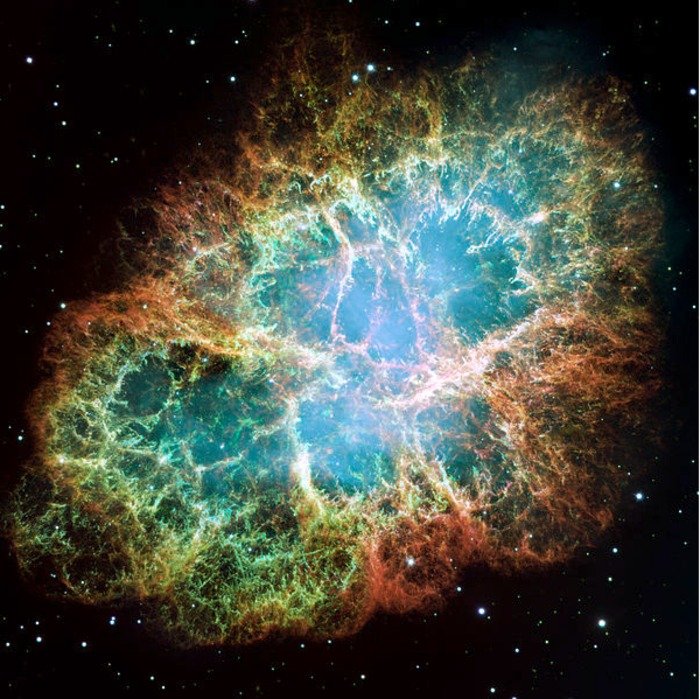CHICAGO, Dec. 19 (UPI) -- U.S. researchers say their findings in a new study challenge the notion that the force of an exploding star kicked off the formation of our solar system.
University of Chicago researchers say a study of meteorites suggests the radioactive isotope iron 60 -- the telltale sign of an exploding star -- is low in abundance and well mixed with solar system material.















